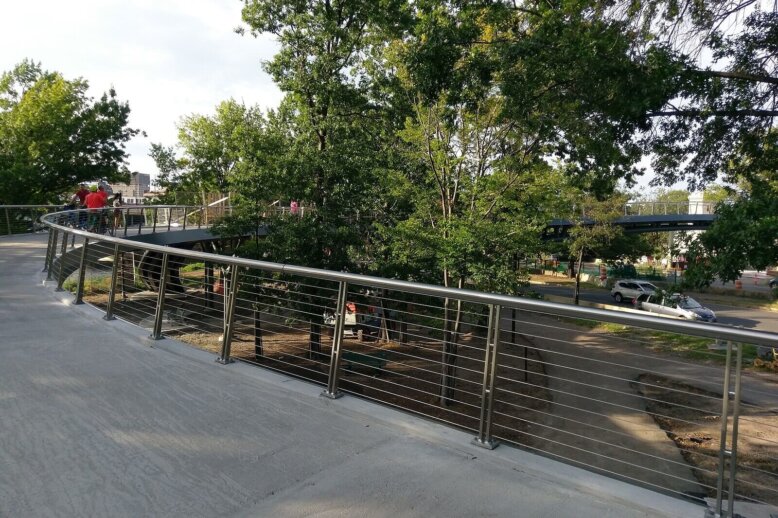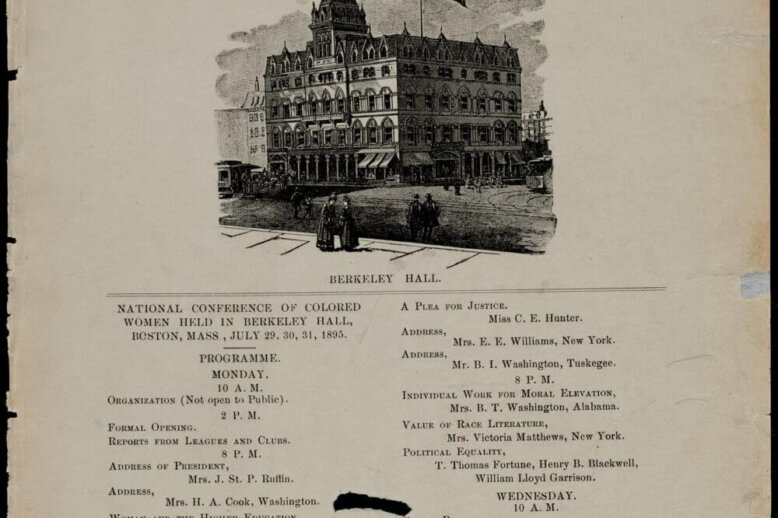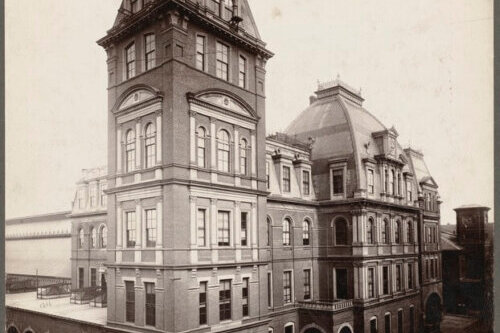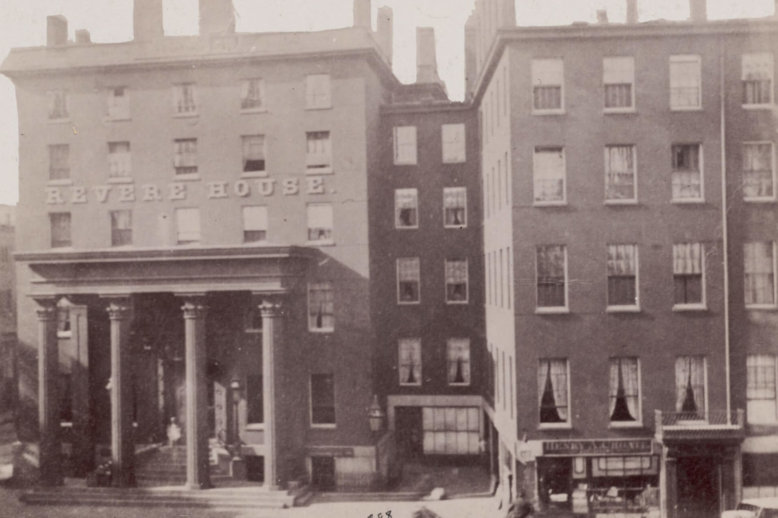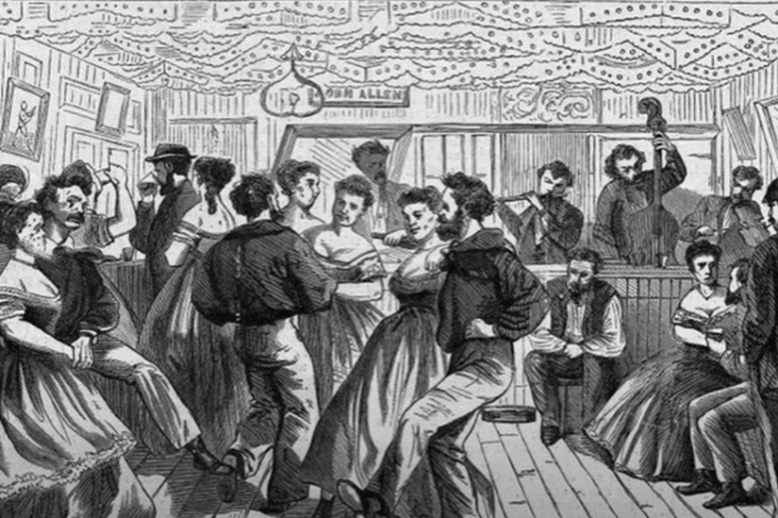Topic: Yankees & Brahmins
Early settlers of New England, Boston Brahmins, wealthy persons not officially in the Brahmin class, others typically identified as Yankees
Frances Appleton and Henry Wadsworth Longfellow: A Romance Spanning the West Boston Bridge Two modern day bridges, the Longfellow Bridge and the Frances Appleton Footbridge reflect the love story of one of America’s great poets. The journey to Longfellow and Appleton’s happy marriage is tied to Longfellow’s many trips across the West Boston bridge in…
For Her Race or Her Sex? Josephine St. Pierre Ruffin, Women’s Suffrage, and Civil Rights Josephine St. Pierre Ruffin (1842 – 1924) was involved in the abolitionist cause, women’s suffrage, and the fight for equal rights for Black Americans. But due to the shifting politics of the women’s movement, Ruffin and other Black suffragists faced…
From Canal to Rail: The Birth of the Boston & Lowell Railroad The Boston and Lowell Railroad, New England’s first passenger train service, built its first Boston depot on Lowell Street in the West End. It would help replace the Middlesex Canal as the primary means to move people and goods in and out of…
From before the Civil War into the early 19th century, the Revere House was considered Boston’s most prestigious hotel, catering to the city’s elite and discerning guests from around the world.
In August 1823, Mayor Josiah Quincy organized a group of law-abiding volunteers to raid the West End’s notorious center of vice, called The Hill. Two years later, North End residents formed their own posse to tear down houses of ill repute in the neighborhood, leading to what became known as The Beehive Riot.
The convergence of Puritan values, attitudes toward immigration, and the prevalence of one university surrounding almost every aspect of the event, made the Parkman-Webster murder case a distinctively Boston story.
The first of three homes built for politician and land developer Harrison Gray Otis by architect Charles Bulfinch still stands proudly today as one of the only surviving buildings of the West End’s urban renewal.
In 2015 Converse Inc. moved its world headquarters to Lovejoy Wharf in the West End. Its 214,000 square foot facility was a major part of an effort to rejuvenate the former industrial area bordering the Charles River and the North End. This was, however, not the first time a business founded by members of the Converse family chose the West End as an advantageous place to set up business.


